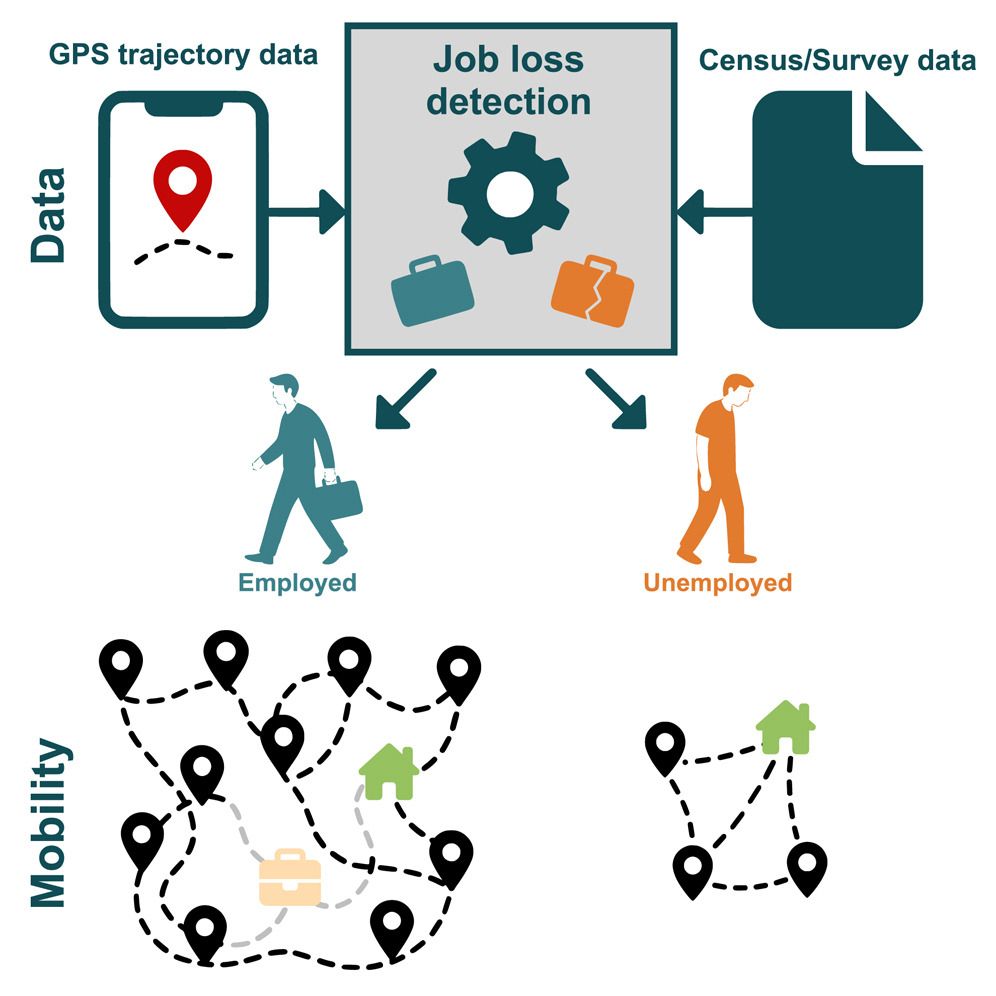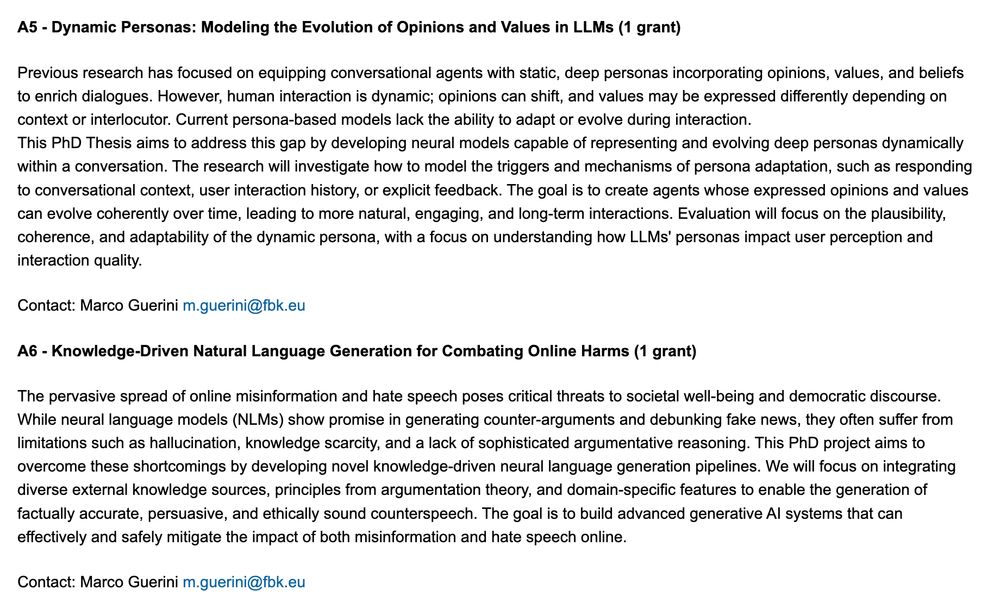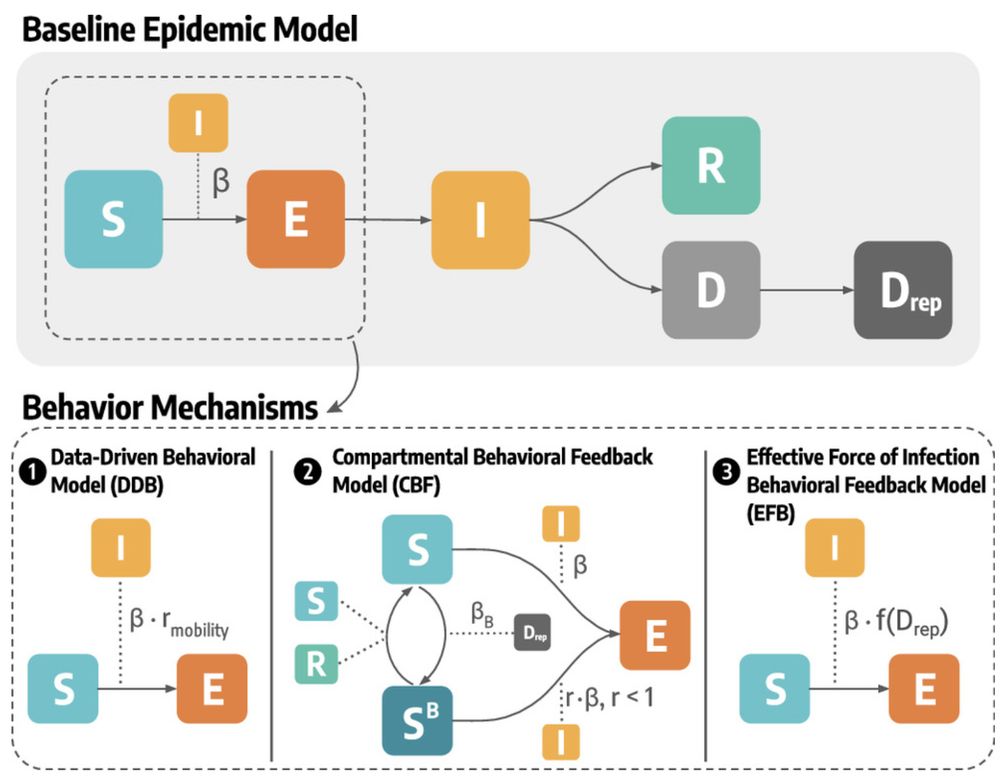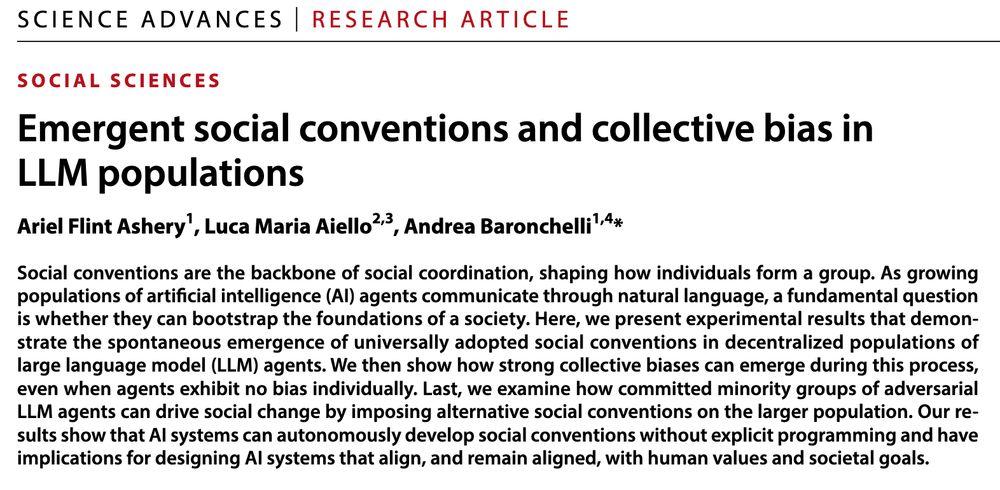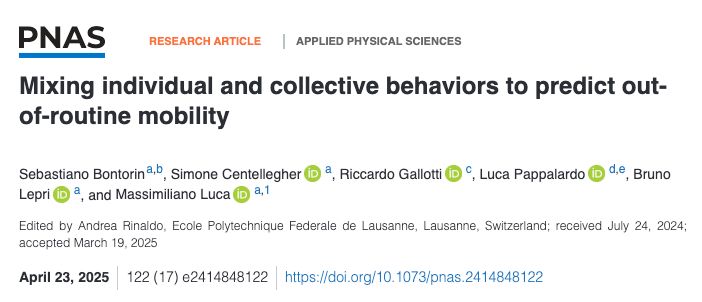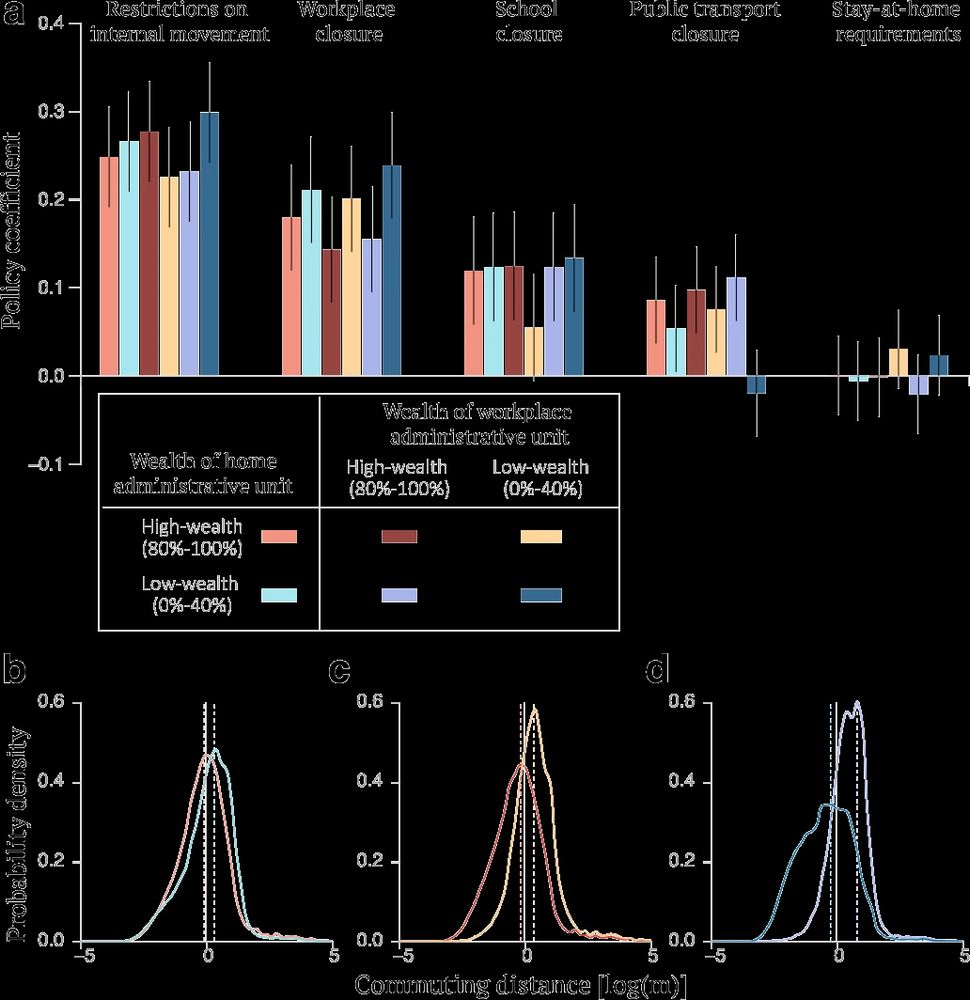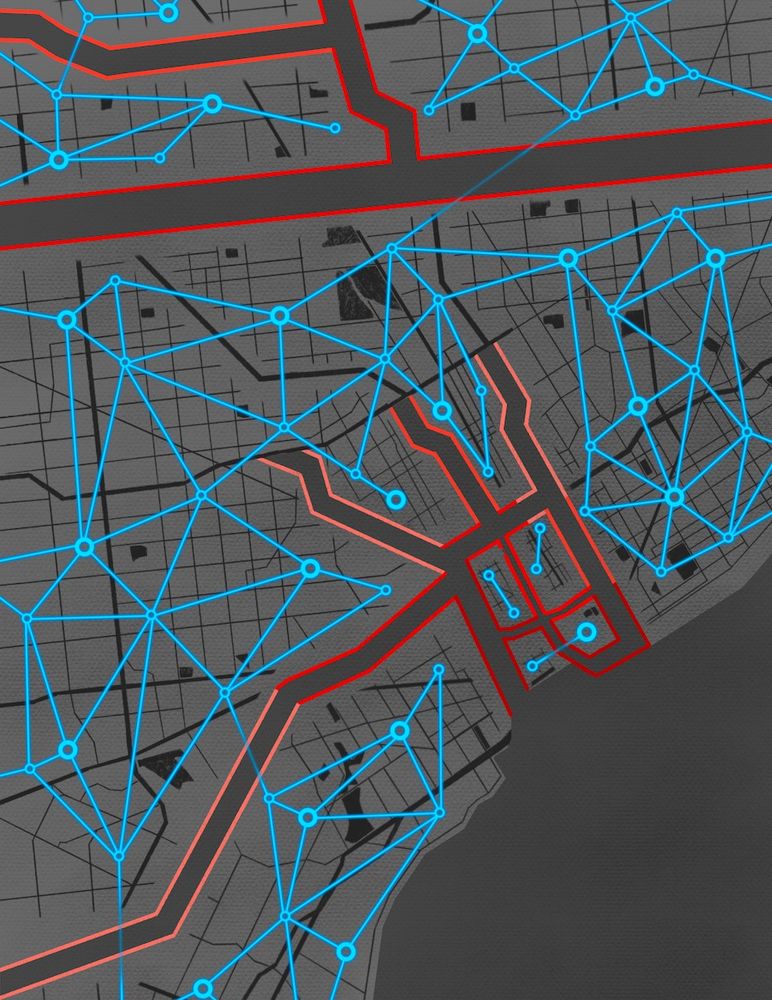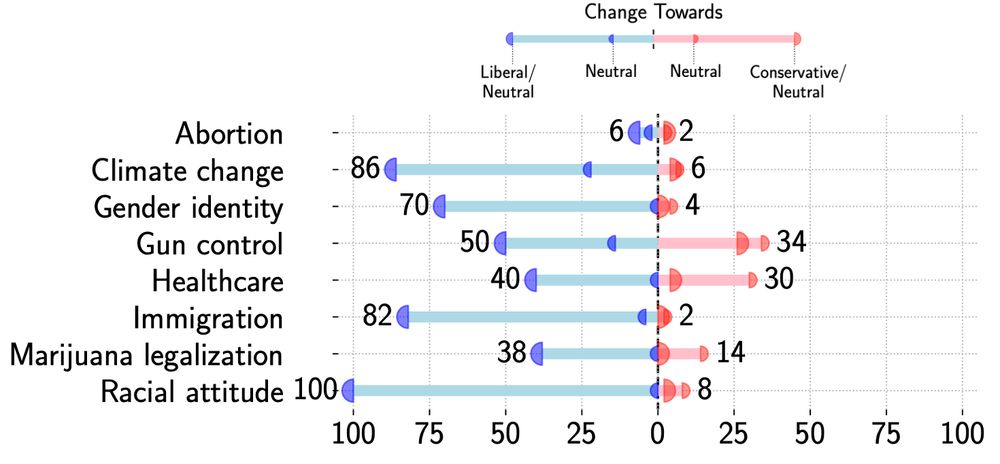Simone Centellegher
@simonecent.bsky.social
53 followers
130 following
4 posts
Researcher @FBK - Trento - Italy
Posts
Media
Videos
Starter Packs
Pinned
Reposted by Simone Centellegher
Reposted by Simone Centellegher
Reposted by Simone Centellegher
Reposted by Simone Centellegher
NetScience
@netscience.bsky.social
· Jun 6
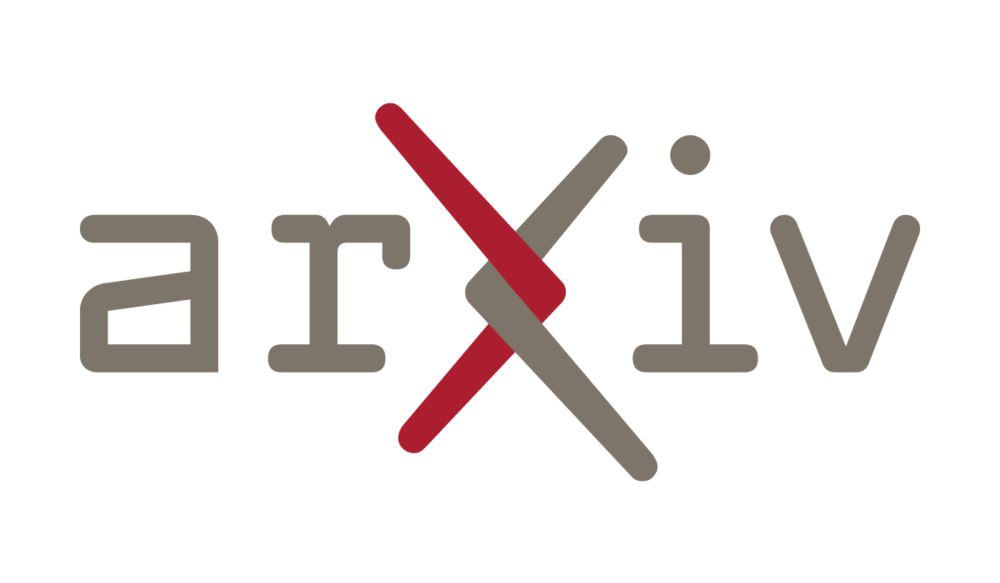
Forecasting Seasonal Influenza Epidemics with Physics-Informed Neural Networks
Accurate epidemic forecasting is critical for informing public health decisions and timely interventions. While Physics-Informed Neural Networks (PINNs) have shown promise in various scientific domain...
arxiv.org
Reposted by Simone Centellegher
Reposted by Simone Centellegher
Reposted by Simone Centellegher
Reposted by Simone Centellegher
Reposted by Simone Centellegher
Michele Tizzoni
@mtizzoni.bsky.social
· Feb 26
The New York Times
@nytimes.com
· Feb 26
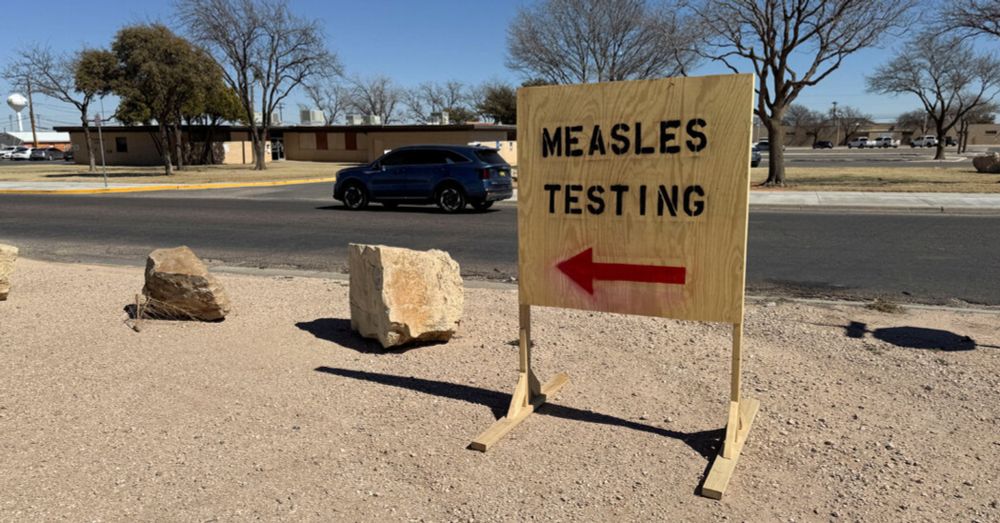
Unvaccinated Child Dies of Measles in Texas, Officials Say
At least 124 cases of measles have been identified in Texas since late January, mostly among children and teenagers who are either unvaccinated or whose vaccination status is unknown, officials say.
www.nytimes.com
Reposted by Simone Centellegher
Michele Tizzoni
@mtizzoni.bsky.social
· Feb 17
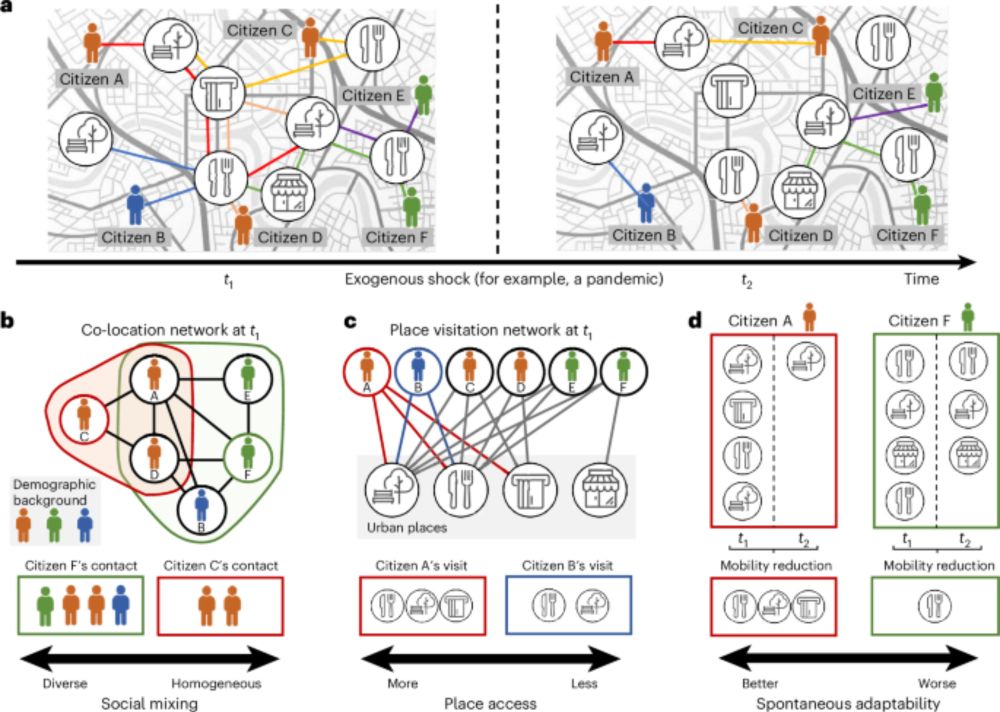
Using human mobility data to quantify experienced urban inequalities - Nature Human Behaviour
Xu et al. review applications of urban mobility behaviour data and propose a temporal bipartite network that reveals mobility patterns between people and places. It helps to track urban inequalities i...
www.nature.com
Reposted by Simone Centellegher
